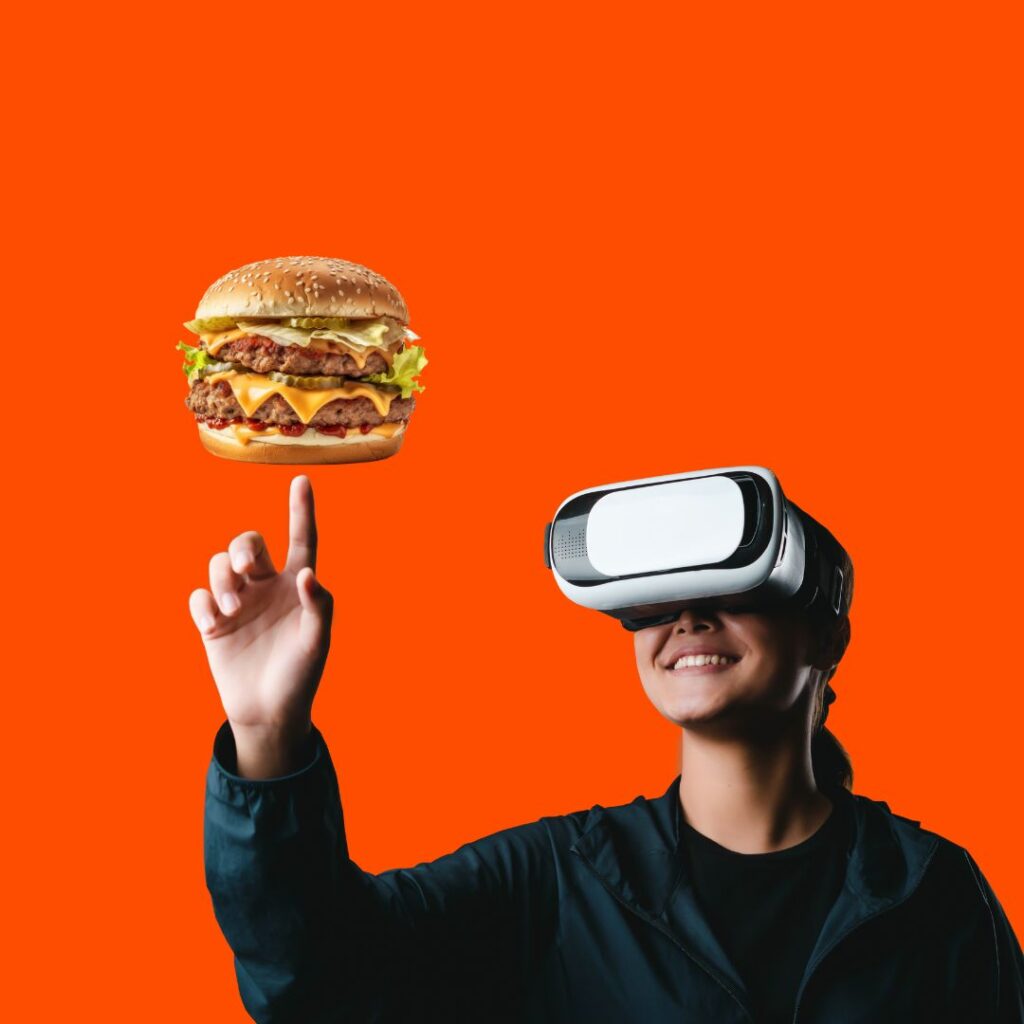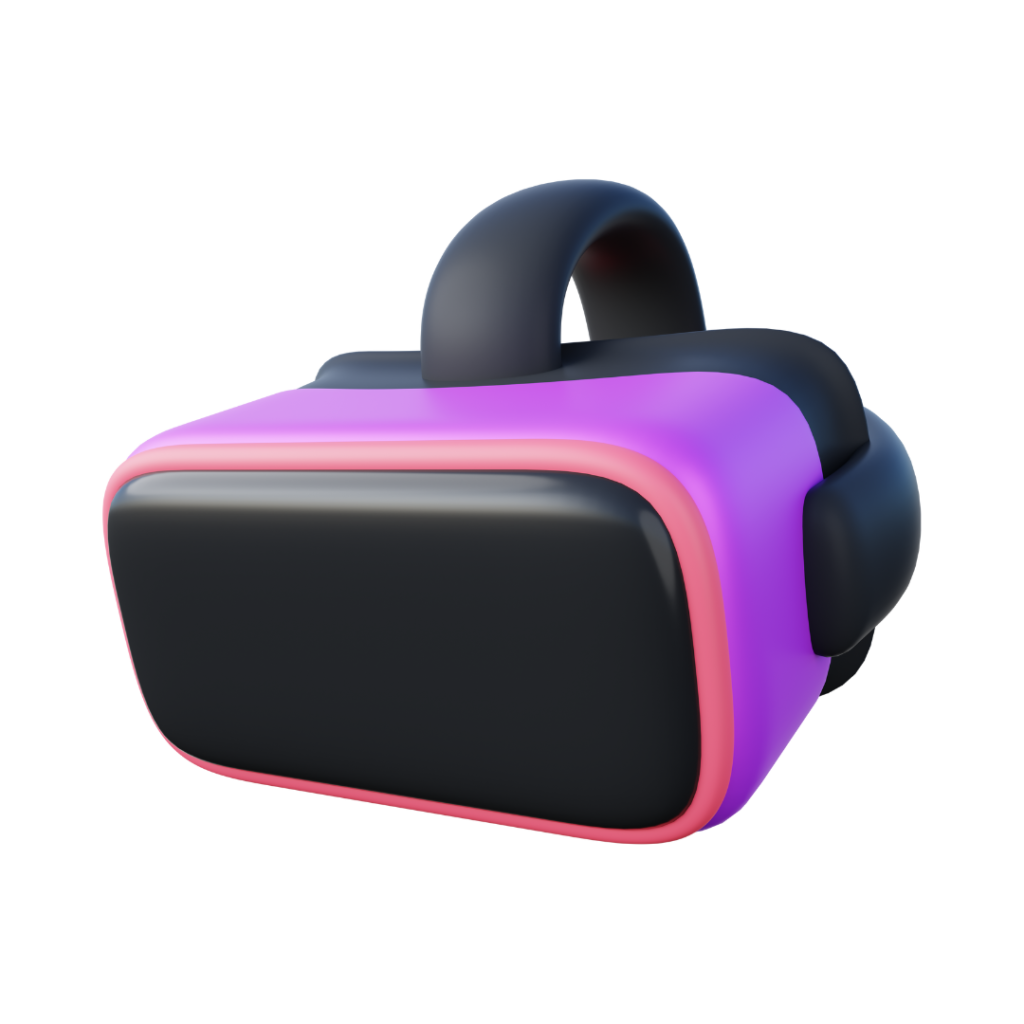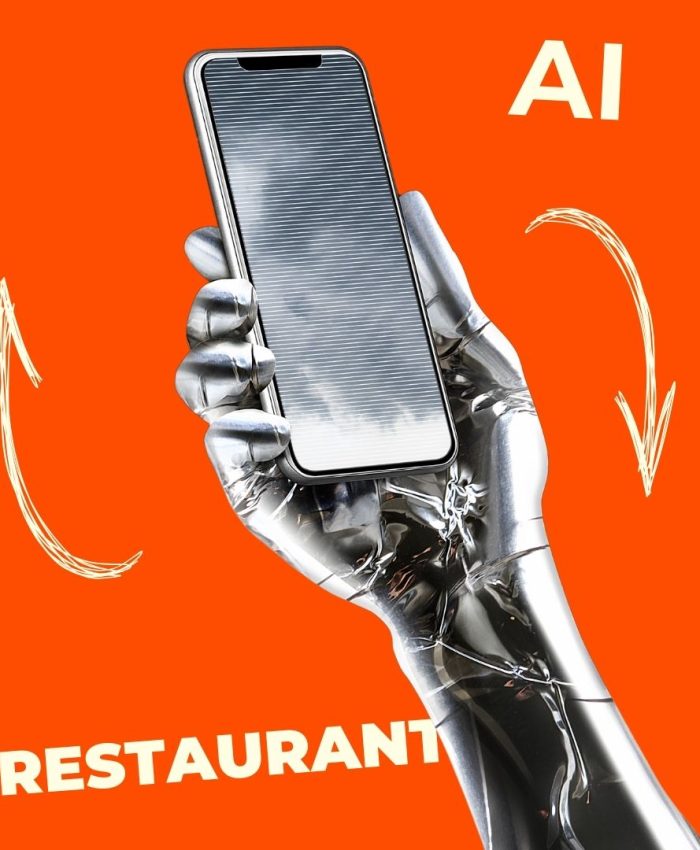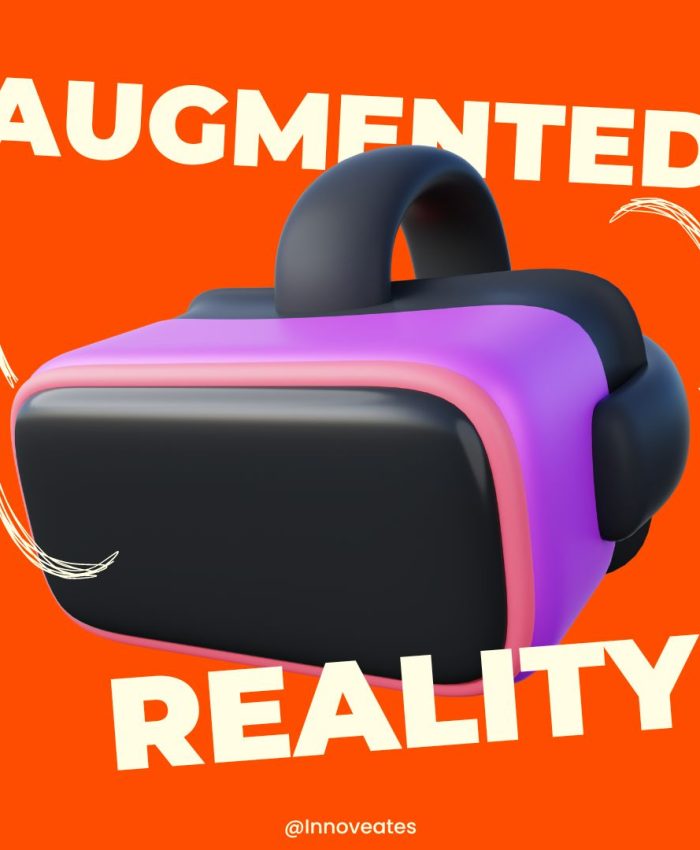Table of Contents
Understanding Augmented Reality (AR)
Augmented Reality (AR) is making significant waves across various sectors, and the food industry is no exception. From enhancing customer experiences to optimizing operational efficiency, AR is reshaping how food businesses operate and interact with their customers.
History of AR
The concept of AR dates back to the 1960s, but it has only recently become mainstream with advancements in mobile technology and computing power. Its applications have grown from simple heads-up displays to complex interactive systems used in various industries, including food service and retail.
What is AR?
Augmented Reality (AR) overlays digital information onto the real world, providing an enhanced view by adding visual, auditory, and other sensory elements through technology.
How AR Works?
AR technology uses devices such as smartphones, tablets, and AR glasses to overlay digital content onto the physical world. This is achieved through advanced software and sensors that detect real-world environments and integrate digital information seamlessly.


Benefits of Augmented Reality in the Food Industry
AR Menus
Restaurants are leveraging AR menus to give customers a detailed view of their offerings. By scanning a QR code, diners can access 3D visualizations of dishes, nutritional information, and ingredient sourcing details, making informed choices easier.
Interactive Dining Experiences
AR can transform the dining environment by providing interactive elements. For example, virtual chefs can appear on tables to explain dishes, or AR games can entertain customers while they wait, enhancing the overall dining experience.
Employee Training and Development
AR is an effective tool for training staff, offering hands-on learning without the need for physical materials. Interactive AR simulations can teach new employees how to prepare dishes, use kitchen equipment, and follow health and safety protocols.
AR in Food Service
AR Menus
Restaurants are leveraging AR menus to give customers a detailed view of their offerings. By scanning a QR code, diners can access 3D visualizations of dishes, nutritional information, and ingredient sourcing details, making informed choices easier.
Interactive Dining Experiences
AR can transform the dining environment by providing interactive elements. For example, virtual chefs can appear on tables to explain dishes, or AR games can entertain customers while they wait, enhancing the overall dining experience.
Employee Training and Development
AR is an effective tool for training staff, offering hands-on learning without the need for physical materials. Interactive AR simulations can teach new employees how to prepare dishes, use kitchen equipment, and follow health and safety protocols.
AR in Food Retail
Virtual Grocery Shopping
AR is revolutionizing grocery shopping by enabling customers to see virtual representations of products in their actual size and shape. Shoppers can use their mobile devices to navigate store aisles, view product details, and even receive personalized recommendations.
Product Information and Transparency
AR allows consumers to access detailed product information by scanning packaging. This includes nutritional content, origin, and even virtual tours of production facilities, promoting transparency and trust.
AR Packaging
Packaging can come to life with AR, offering interactive experiences that engage consumers. Brands can create unique unboxing experiences, provide usage instructions, and share recipes or tips, all through AR-enabled packaging.
| Case Study | Description |
|---|---|
| KabaQ | KabaQ, a pioneer in AR food technology, offers 3D augmented reality menus for restaurants. Customers can view realistic 3D models of dishes, helping them choose their meals with greater confidence and satisfaction. |
| Tesco | Tesco uses AR in its grocery stores to enhance customer experiences. Shoppers can use the Tesco app to scan products and access detailed information, special offers, and virtual shopping assistants, making their shopping journey more interactive and enjoyable. |
| McDonald's Happy Meal Boxes | McDonald's has integrated AR into their Happy Meal boxes, allowing children to scan the boxes with a mobile app to access interactive games and activities. This not only entertains young customers but also adds value to the product. |
Challenges of Implementing AR in the Food Industry
Technological Barriers
Implementing AR technology can be challenging due to the need for advanced hardware and software. Ensuring compatibility across different devices and platforms requires significant investment and technical expertise.
Cost and ROI
The initial cost of developing and deploying AR solutions can be high. Businesses need to carefully consider the return on investment (ROI) and develop strategies to maximize the benefits of AR while managing costs effectively.
User Adoption
For AR to be successful, customers and staff must be willing to adopt and use the technology. This requires effective education and training to ensure users understand the benefits and functionalities of AR applications.
How to Implement AR in Your Food Business
Steps to Get Started
- Identify Needs: Determine how AR can address specific challenges or enhance your business operations.
- Choose the Right Technology: Select AR tools and platforms that align with your business goals and capabilities.
- Develop Content: Create engaging AR content that adds value to your customers and operations.
- Test and Iterate: Pilot AR applications in a controlled environment, gather feedback, and refine the solution before full deployment.
Tools and Technologies Needed
- AR Software: Choose robust AR development platforms like ARKit, ARCore, or Vuforia.
- Hardware: Invest in compatible devices, such as tablets, smartphones, or AR glasses.
- Content Creation Tools: Utilize 3D modeling and animation software to create compelling AR experiences.
Measuring Success
- Customer Feedback: Gather feedback from customers to understand the impact of AR on their experience.
- Operational Metrics: Track key performance indicators (KPIs) such as service speed, error rates, and staff efficiency.
- Sales Data: Analyze sales and revenue data to assess the financial impact of AR implementations.

FAQs About Augmented Reality in the Food Industry
How does augmented reality enhance customer experience in the food industry?
Augmented reality provides interactive and immersive experiences, allowing customers to visualize dishes, access detailed product information, and engage with brands in new ways.
What are some examples of AR applications in food retail?
AR applications in food retail include virtual grocery shopping, interactive product packaging, and detailed product information accessible through mobile devices.
How can AR improve operational efficiency in restaurants?
AR can streamline staff training, provide real-time instructions, and reduce errors in food preparation and service, ultimately improving operational efficiency.
What are the future trends of AR in the food industry?
Future trends include increased focus on personalization, sustainability, and further advancements in AR technology to enhance customer engagement.
What challenges do businesses face when implementing AR?
Businesses face technological barriers, high initial costs, and the need for effective user adoption strategies when implementing AR solutions.
How can a food business get started with AR?
To get started with AR, a food business should identify specific needs, choose the right technology, develop engaging content, and pilot the solution before full-scale deployment.
Conclusion
Augmented reality is revolutionizing the food industry by enhancing customer experiences, improving operational efficiency, and providing innovative marketing opportunities. Despite the challenges, the potential benefits of AR make it a worthwhile investment for forward-thinking food businesses. As technology continues to evolve, AR will play an increasingly vital role in shaping the future of the food industry.
- All Projects
- Marketing in Restaurant
- Back
- Web design
- Social Media for restaurant
- Ai in restaurant
- Augmented reality in restaurant







